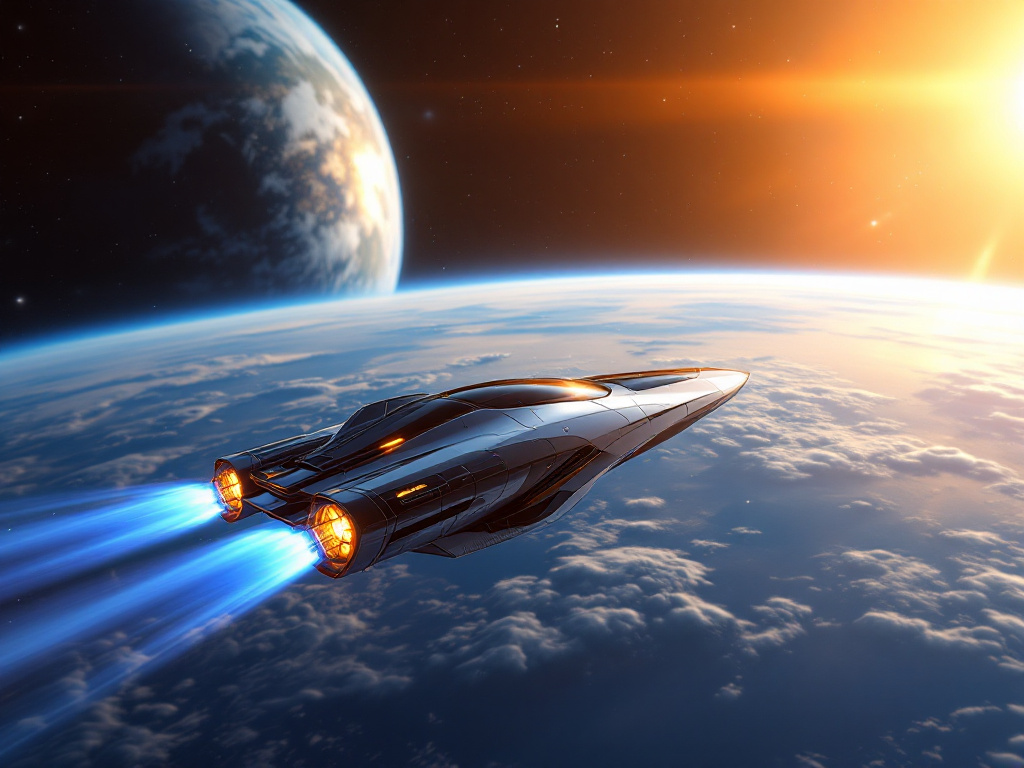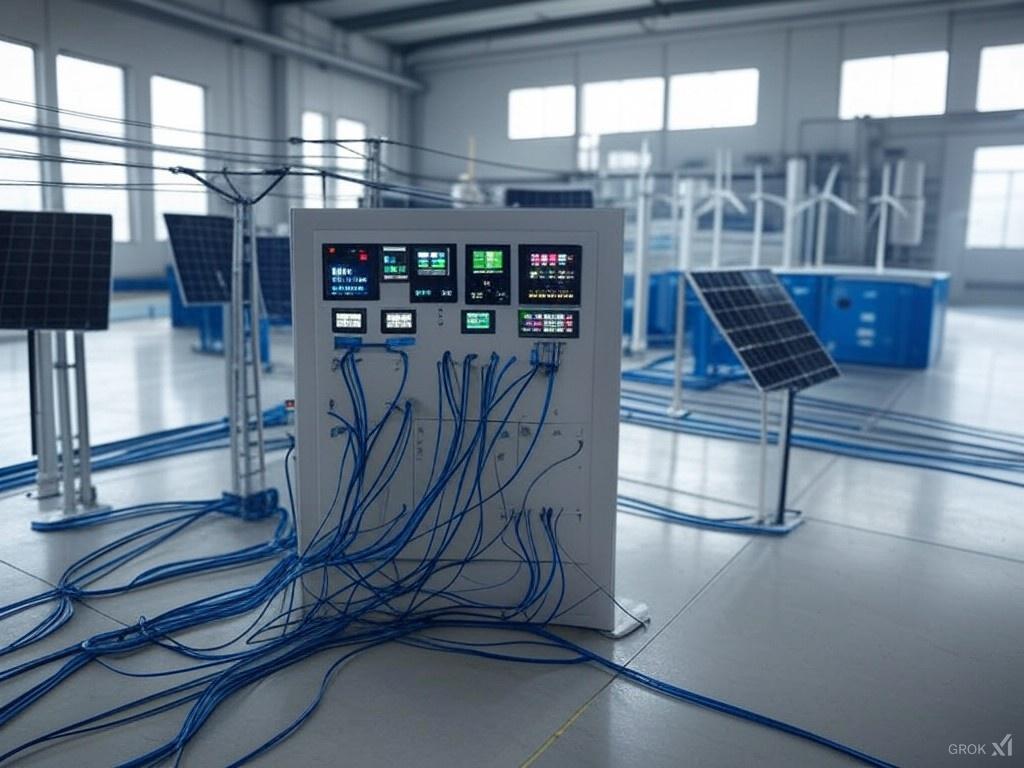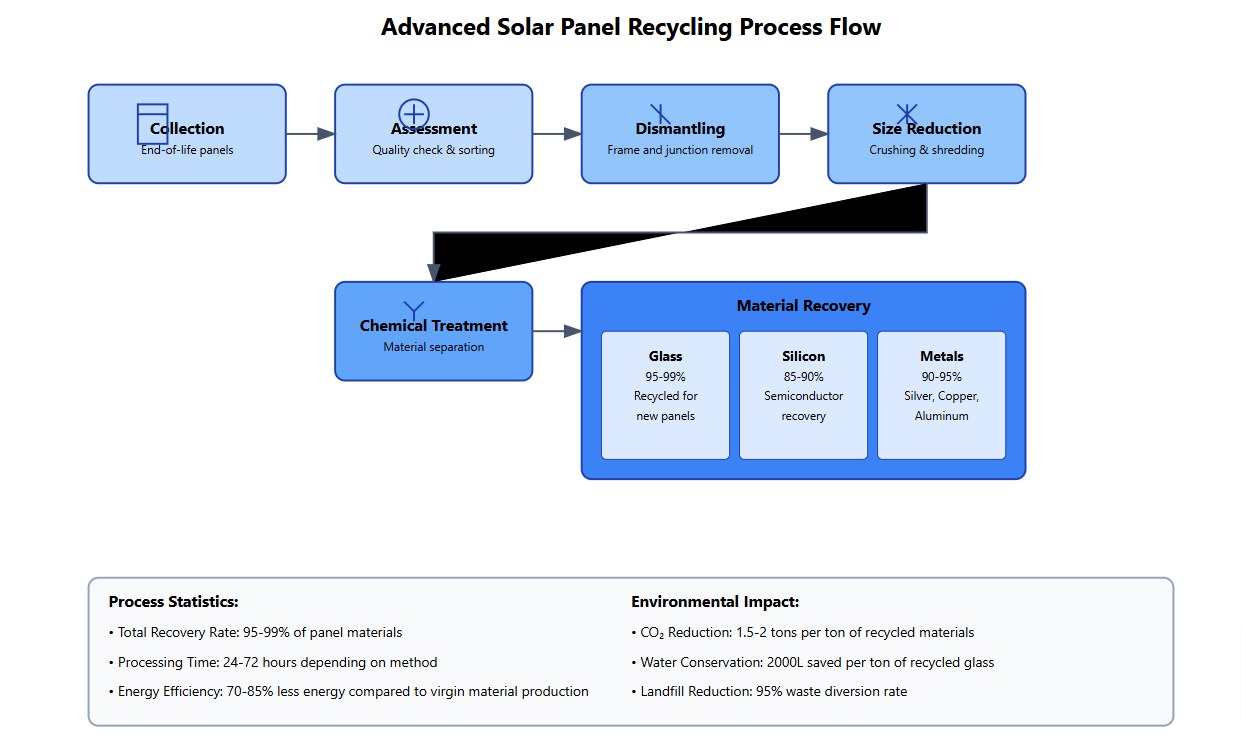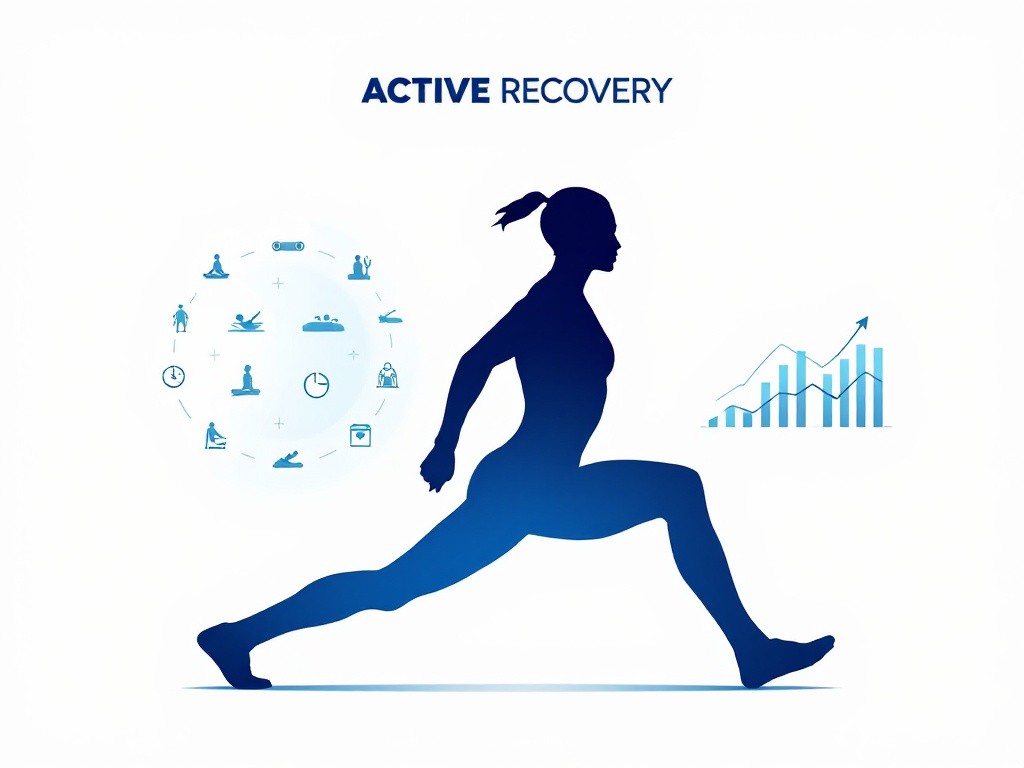Table of contents
Introduction
The dream of space travel, once confined to the realm of professional astronauts and science fiction, is rapidly becoming a tangible reality for civilian adventurers. According to NASA’s Commercial Space Transportation program, the space tourism industry has evolved significantly since the first civilian space flight in 2001, when Dennis Tito paid $20 million for a trip to the International Space Station. This pioneering journey marked the beginning of a new era in human space exploration, where private citizens could venture beyond Earth’s atmosphere.
The International Space University’s Space Studies Program has documented how this transformative industry is reshaping our approach to space exploration, combining luxury tourism with scientific advancement. Their research indicates that space tourism represents not just a revolutionary advancement in travel technology, but a fundamental shift in how we perceive our place in the cosmos. This shift has catalyzed unprecedented investment in space technology, with private companies now leading innovation in spacecraft design, safety systems, and space habitat development.
The Space Tourist Experience
Physical Preparation and Training

Research from Johns Hopkins Medicine’s Space Medicine division emphasizes that medical screening forms the foundation of preparation. This comprehensive evaluation process typically spans several months and includes:
Medical Screening Protocol
The initial medical assessment involves a series of sophisticated tests designed to evaluate a candidate’s ability to withstand the rigors of spaceflight. These examinations include advanced cardiac stress tests, pulmonary function assessments, bone density scans, and detailed neurological evaluations. Doctors pay particular attention to cardiovascular health, as the heart must adapt to significant changes in blood flow during zero-gravity conditions.
Psychological Preparation
Space tourists undergo extensive psychological screening and preparation. This includes claustrophobia testing, stress management training, and team cohesion exercises. The psychological aspect is crucial, as tourists must maintain composure in an enclosed environment while experiencing potentially overwhelming sensations and views.
Physical Conditioning Program
A tailored physical conditioning program helps prepare tourists for the demands of spaceflight. This typically includes:
- Vestibular training to prevent space motion sickness
- Cardiovascular conditioning to maintain heart health
- Strength training focusing on core muscles
- Balance and coordination exercises
- Specific breathing techniques for G-force tolerance
The Federal Aviation Administration’s Office of Commercial Space Transportation has established rigorous safety protocols that govern every aspect of tourist preparation. Their comprehensive training framework includes:
Advanced Safety Training
Tourists learn emergency procedures for various scenarios, including:
- Rapid cabin depressurization responses
- Fire containment and suppression techniques
- Emergency exit procedures
- Communication protocols during critical situations
- Medical emergency responses in zero gravity
Technical Systems Education
Understanding spacecraft systems is essential for safety and enhancing the experience. Tourists learn:
- Basic spacecraft navigation principles
- Environmental control system operations
- Communication system usage
- Life support system monitoring
- Waste management procedures in space
The Launch Experience
The journey begins long before actual liftoff. Space tourists undergo a detailed pre-launch preparation sequence that typically spans 24-48 hours. This includes:
Pre-Launch Protocol
- Final medical examinations
- Suit fitting and pressure testing
- Communication system checks
- Mission briefing and procedure review
- Quarantine procedures to prevent illness in space
Launch Day Procedures
The launch sequence itself is a carefully choreographed process involving:
- Final safety checks and systems verification
- Proper positioning and restraint in the spacecraft
- Breathing exercises during acceleration
- Communication protocols during critical phases
- Adaptation to increasing G-forces
Orbital Operations and Daily Life
Once in orbit, space tourists experience a highly structured daily routine designed to maximize both safety and enjoyment. Activities typically include:
Scientific Participation
Many programs encourage tourists to participate in simple scientific experiments, contributing to our understanding of:
- Human adaptation to microgravity
- Plant growth in space
- Basic physics demonstrations
- Earth observation studies
- Space environment monitoring
Cost Analysis and Market Accessibility

According to the Smithsonian National Air and Space Museum’s Space Tourism Archive, the cost structure of space tourism reflects both technological complexity and market dynamics. Their comprehensive economic analysis reveals several key factors influencing pricing:
Current Price Points
The market currently offers several tiers of space tourism experiences:
Suborbital Flights ($250,000-450,000):
- 15-20 minute spaceflight experience
- 4-6 minutes of weightlessness
- Training program included
- Medical screening and support
- Professional photography and video documentation
Orbital Experiences ($50-70 million):
- 10-14 day space station stay
- Comprehensive training program
- Scientific participation opportunities
- Personal communications package
- Custom meal planning and preparation
Lunar Flybys ($100-150 million):
- 7-10 day mission duration
- Unique lunar viewing opportunity
- Extensive training program
- Personal support team
- Legacy documentation package
Cost Reduction Factors
The MIT Space Systems Laboratory has identified several technological advances driving cost reductions:
Reusable Launch Systems: Advanced rocket recovery and refurbishment techniques have significantly reduced launch costs. Modern systems can be reused up to 10 times, spreading development and manufacturing costs across multiple missions.
Manufacturing Innovation: New materials and 3D printing technologies have revolutionized spacecraft production, reducing both cost and production time while maintaining or improving safety standards.
Operational Efficiency: Improved ground operations and automated systems have reduced the number of personnel required for each launch, significantly lowering operational costs.
Environmental Impact and Sustainability
The National Oceanic and Atmospheric Administration (NOAA) has conducted extensive research on space tourism’s environmental impact. Their findings highlight several critical areas:
Atmospheric Effects
Each launch produces various environmental impacts:
- Rocket exhaust emissions and their effect on atmospheric chemistry
- Stratospheric ozone interaction
- Particulate matter distribution
- Upper atmosphere composition changes
- Local weather pattern influences
Space Debris Management
Space tourism operators must address:
- Orbital debris tracking and avoidance
- End-of-life vehicle disposal
- Hardware recovery protocols
- Micro-debris mitigation strategies
- International space debris guidelines compliance
Sustainable Practices
The industry is developing several approaches to minimize environmental impact:
- Bio-derived rocket fuels
- Solar-electric propulsion systems
- Recyclable spacecraft components
- Waste management innovations
- Energy-efficient life support systems
Future Developments and Innovation
Research from Stanford University’s Space Initiative predicts several revolutionary developments by 2030:
Advanced Propulsion Systems
- Nuclear thermal propulsion
- Solar sail technology
- Ion drive improvements
- Plasma propulsion systems
- Fusion drive research
Habitat Evolution
Next-generation space habitats will feature:
- Artificial gravity sections
- Advanced radiation shielding
- Expandable living modules
- Bioregenerative life support
- Space agriculture facilities
Tourist Experience Enhancement
Future developments will focus on:
- Virtual reality integration
- Advanced space suits
- Improved communication systems
- Extended EVA capabilities
- Interactive scientific programs
Conclusion
As we venture into this new era of space exploration, the combination of technological advancement and commercial innovation is making space tourism increasingly viable. The NASA Space Technology Mission Directorate continues to support private sector development while ensuring safety and reliability standards remain paramount.
The future of space tourism holds immense promise, not just for adventure seekers but for advancing our understanding of space travel and human adaptation to space environments. As costs decrease and technology improves, we stand at the threshold of a new chapter in human exploration, one where the stars become accessible to a broader segment of humanity.










